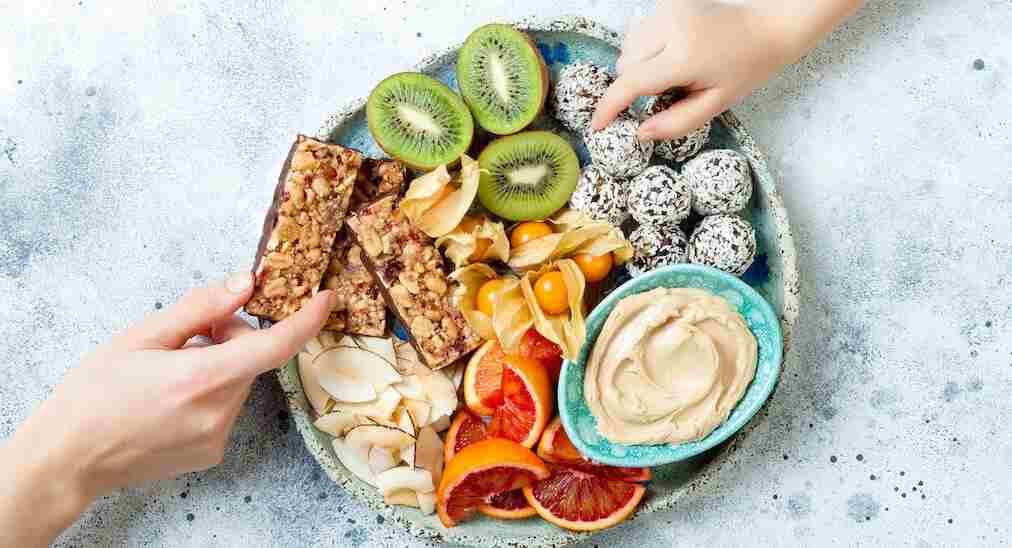Snacking is often seen as a guilty pleasure, but it doesn’t have to derail your healthy eating goals. In fact, when done right, snacking can be an essential part of a balanced diet, providing an opportunity to fuel your body with nutritious foods and keep hunger at bay between meals. In this brief article, we’ll explore the art of healthy snacking and share tips for making smart snack choices that support your overall well-being.
Focus on Nutrient Density:
When selecting snacks, prioritize foods that are nutrient-dense, meaning they provide a high amount of vitamins, minerals, and other essential nutrients relative to their calorie content. Choose whole foods such as fruits, vegetables, nuts, seeds, and lean protein sources like Greek yogurt or hummus, which offer a wealth of health-promoting nutrients to nourish your body.
Keep Portions in Check:
While snacking can be a healthy habit, it’s essential to be mindful of portion sizes to avoid overeating. Opt for single-serving portions or pre-portion snacks into small containers or bags to prevent mindless munching. Aim for a balance of macronutrients, including protein, carbohydrates, and healthy fats, to help keep you satisfied and energized until your next meal.
Plan Ahead:
Planning ahead is key to successful snacking. Keep a variety of healthy snack options readily available at home, work, or on the go, so you’re not tempted to reach for less nutritious choices when hunger strikes. Stock up on fresh fruits and vegetables, nuts and seeds, whole grain crackers, and low-fat dairy products to have healthy options within reach whenever hunger strikes.
Listen to Your Body:
Pay attention to your body’s hunger and fullness cues to determine when and how much to snack. Snack when you’re genuinely hungry, rather than out of boredom or habit, and stop eating when you feel satisfied, but not overly full. Eating mindfully and tuning into your body’s signals can help prevent mindless snacking and promote greater satisfaction with your food choices.
Opt for Whole Foods:
Choose minimally processed, whole foods whenever possible, as they tend to be higher in nutrients and lower in added sugars, sodium, and unhealthy fats compared to processed snacks. Swap out sugary snacks and refined carbohydrates for whole fruits, vegetables, whole grain crackers, and homemade trail mix made with nuts, seeds, and dried fruit for a healthier alternative.
Balance Flavors and Textures:
Healthy snacking doesn’t have to be boring! Experiment with different flavors, textures, and combinations to keep things interesting and satisfying. Pair crunchy vegetables with creamy hummus, apple slices with nut butter, or Greek yogurt with fresh berries and a sprinkle of granola for a delicious and nutritious snack that satisfies your taste buds.
Stay Hydrated:
Sometimes, feelings of hunger can be mistaken for thirst. Stay hydrated throughout the day by drinking plenty of water, herbal tea, or other calorie-free beverages. Opt for water-rich snacks like cucumber slices, watermelon, or grapes to help meet your hydration needs while providing a satisfying crunch and natural sweetness.
In conclusion, mastering the art of healthy snacking is all about making mindful choices that nourish your body and support your overall health and well-being. By focusing on nutrient-dense foods, keeping portions in check, planning ahead, listening to your body, choosing whole foods, balancing flavors and textures, and staying hydrated, you can enjoy delicious and satisfying snacks that fuel your body and keep you feeling your best throughout the day. So, next time hunger strikes, reach for a nutritious snack and savor every bite!













